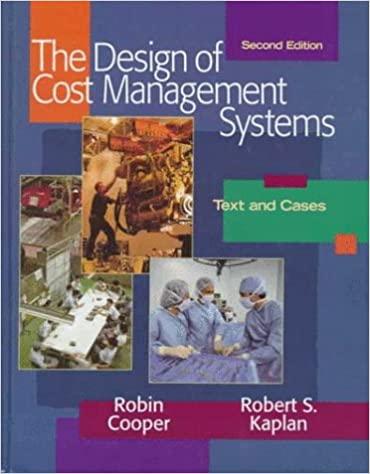Answered step by step
Verified Expert Solution
Question
1 Approved Answer
My classes have converted 100% online due to COVID-19, so now I am 100% lost as to what the heck is going on. Please help!
My classes have converted 100% online due to COVID-19, so now I am 100% lost as to what the heck is going on. Please help! Our professor went to the lab and conducted this experiment by herself, and then posted the data and information on how to calculate everything, but I am still lost as to how I do this lab....




| Time (min) | nmol O2 |
| 0 | 392.288 |
| 0.017 | 392.288 |
| 0.033 | 392.288 |
| 0.05 | 392.288 |
| 0.067 | 392.656 |
| 0.083 | 392.656 |
| 0.1 | 392.288 |
| 0.117 | 392.288 |
| 0.133 | 392.656 |
| 0.15 | 392.656 |
| 0.167 | 393.024 |
| 0.183 | 393.024 |
| 0.2 | 393.024 |
| 0.217 | 393.392 |
| 0.233 | 393.76 |
| 0.25 | 393.76 |
| 0.267 | 393.76 |
| 0.283 | 393.76 |
Just to clarify the image of the experiment. This is a puzzle/troubleshooting problem. At the beginning you only have NADH and cytochrome c. When you add mitochondria, you are running complex I to Ill to IV as measured by oxygen consumption. Then you add an inhibitor that stops oxygen consumption. This inhibitor is inhibiting complex I, III, or IV. When you add succinate oxygen consumption returns, which is running Il to Ill to IV. Then you add another inhibitor that stops oxygen consumption. This is inhibitor is inhibiting complex II, III, or IV. There are several possible identities here from the list I gave you. Then you add reagents to measure complex IV alone and oxygen consumption returns. Then you add another inhibitor which stops oxygen consumption and it should be obvious which complex is inhibited here. Your job is to determine where the inhibition is possibly occurring in the pathway and based on the possible inhibitors I gave you, which one could it be. For the calculations, you should know how many electrons are transferred to oxygen from what we are covering in class. You use this as a conversion factor #electrons=1 oxygen. Then you have the volume of mitochondria you added and the concentration. Determine how many milligrams that is and divide the rate by the milligrams. Mitochondria Oxidative Phosphorylation Lab Today you will be measuring mitochondrial electron transfer as oxygen consumption. The machine used to measure oxygen consumption is the Qurtheum. The mitochondrial samples have been prepared "broken", which means the matrix will have access to exogenous substrates such as NADH. You will measure NADH to 0, succinate too, and complex IV activity alone. Various inhibitors will be used throughout the experiment that you will need to determine their possible identity. Complex Cytochrome bedeldrogenase Complex Cytochrome ATP synthase Matrix Electron Transfer Complexes Assay Buffer: 10mm Potassium phosphate SmM MgCI 30mM KC 1mM EDTA 75mM Tris pH 7.4 Reagent Final Concentrations: 0.8 mM NADH 20 mM succinate 25 M cytochromec 1.5 mM Ferrocyanide 10 mM ascorbate Unknown inhibitor (5-10 L) possibilities: Rotenone Antimycin A Malonate TNFA Oxaloacetate Potassium Cyanide The final volume of the assay is 1mL. 10 ul of mitochondria were used. The concentration of the mitochondrial stock is 5.5 mg/ml Below is an example figure of that you should obtain from your data. The arrows indicate what was added at that step in the reaction. Mitochondria Oxidative Phosphorylation 500 NADH Cytochome c mitochondria nmol O2 unknown inhibitor 2 unknown inhibitor 1
Step by Step Solution
There are 3 Steps involved in it
Step: 1

Get Instant Access to Expert-Tailored Solutions
See step-by-step solutions with expert insights and AI powered tools for academic success
Step: 2

Step: 3

Ace Your Homework with AI
Get the answers you need in no time with our AI-driven, step-by-step assistance
Get Started


